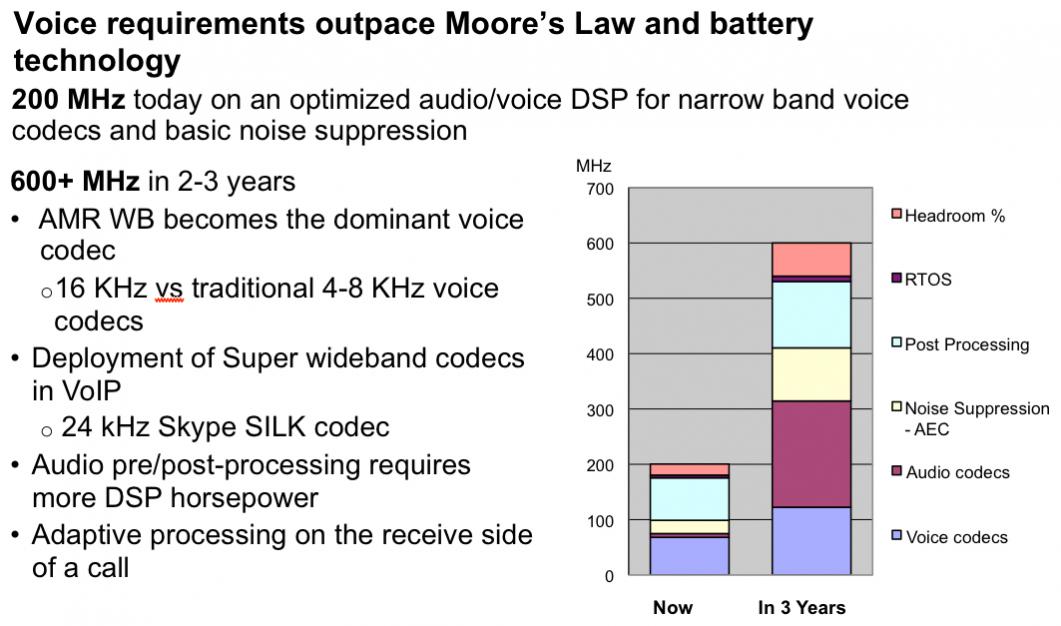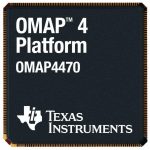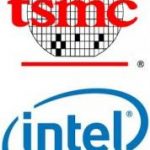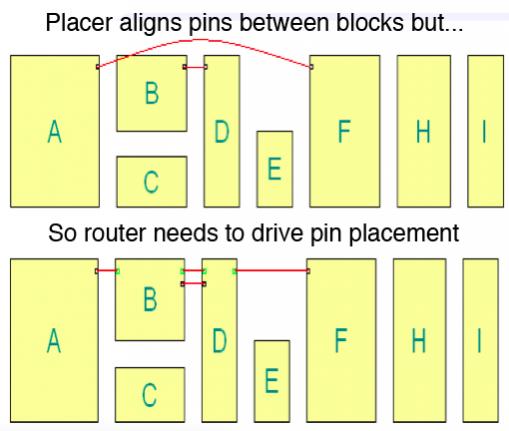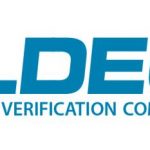The biggest news out of the TSMC Symposium last week was the 20nm update. Lots of debate and speculation, just why is TSMC releasing one version of 20nm (20nm SoC) versus multiple versions like in 40nm (LP, G, LPG) and 28nm (HP, HPM, HPL, LP)? Here are my thoughts, I would also be interested in your feedback in the comment section. This really is a big change for both TSMC and the foundry business so it is certainly worth discussing.
Morris Chang did a candid interview in early January discussing Intel as a competitor. Morris is a very clever man, a master at the card game bridge, so you can really read a lot into of what he has said here:
“TSMC’s technologies and performance have reached quite a high level, bringing us into contact with different rivals,” Chang said
The high level is volumes of mobile chips, volumes that will certainly rival Intel’s microprocessor business in the not too distant future.
“The competitors we face are Samsung Electronics Co. and GlobalFoundries Inc., with Intel standing ‘behind a veil’ because it is a rival against many of our customers,” Chang said, adding that these TSMC customers include integrated circuit designers and integrated device manufacturers.
The strategic positioning begins! TSMC is a pure-play foundry and collaborates with customers versus IDMs (Intel/Samsung) that competes with customers. The Apple/Samsung legal drama is a glaring example of this.
At the Symposium, Morris mentioned R&D expenses of TSMC versus Intel and Samsung, the difference being, TSMC collaborates with customers/partners and leverages R&D expenses. So the equation looks like this:
Top 10 TSMC customers R&D expenses + TSMC R&D expenses > Intel + Samsung R&D expenses
Another interesting quote from the article:
Samsung and GlobalFoundries are newcomers in the industry, Chang said, and suggested that TSMC’s customers should diversify their foundry sources rather than rely on TSMC only.
Which is interesting advice coming from the Chairman of TSMC. It is certainly a message to TSMC employees that second source competition is always a threat so even with 50%+ market share there is no time to rest on previous accomplishments. Notice he does not mention Intel here. Of course Morris followed that quote with something of purpose:
“All of our customers rely on TSMC in foundry production, and Intel relies on its own foundry plants,” he said. “If our technologies are not improved enough and Intel keeps improving its technologies, our customers’ products will lose competitiveness to those of Intel. It’s horrible to imagine the outcome.”
Another competitive shot at Intel! Well played Mr Chairman. I wish I could use a bridge analogy here but I don’t play bridge. Morris ended the interview with another shot at Intel:
“TSMC will stand behind our customers and cooperate with them. The battlefield between our customers and Intel is where we compete against Intel,” he added.
So it is the fabless companies, ARM, and TSMC against Intel. I like those odds!
Back to 20nm. Intel has one version of 22nm so to better compete with Intel TSMC will focus all resources on a single SoC optimized version of 20nm, simple as that. TSMC may also offer FinFets at 20nm so customers will have a choice between planar and FinFet transistor implementations, something that Intel does not offer. It is also about capacity. TSMC’s CAPEX hike is all about 20nm and with one S0C optimized version there won’t be the shortages we see at 28nm.
Sound reasonable? Please use the comment section for further analysis.



